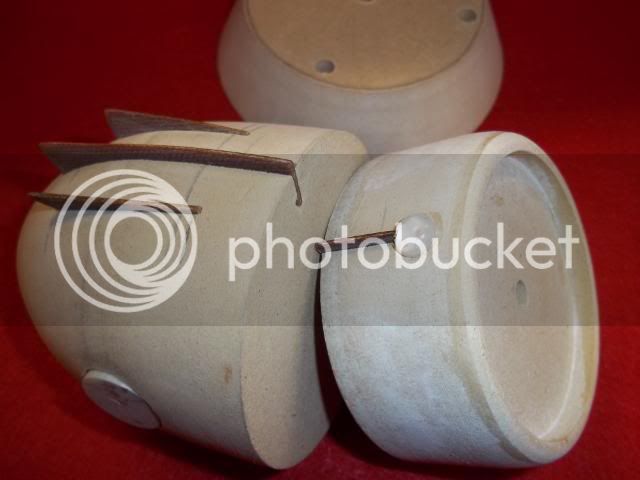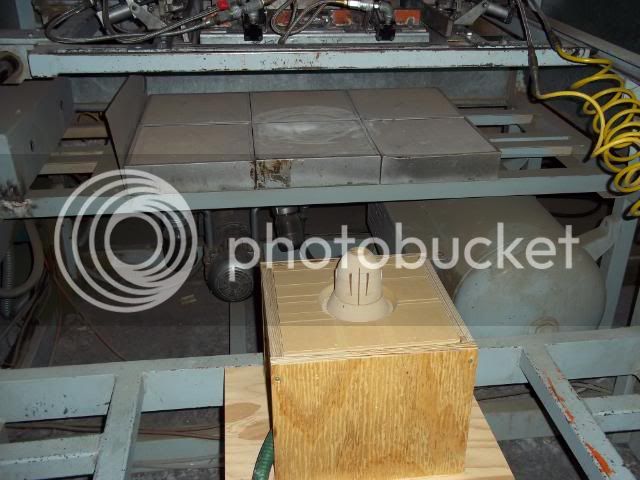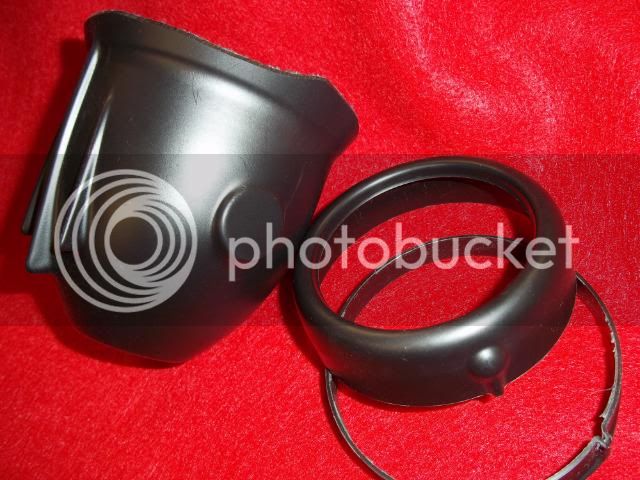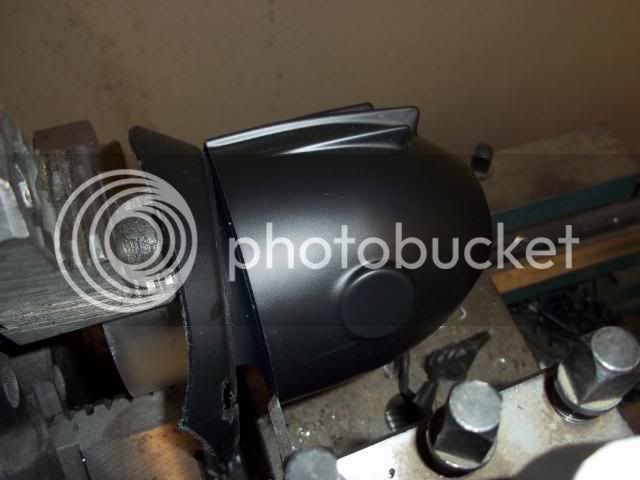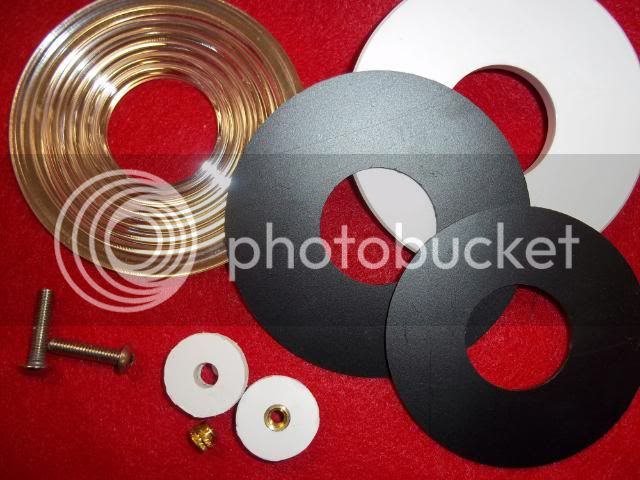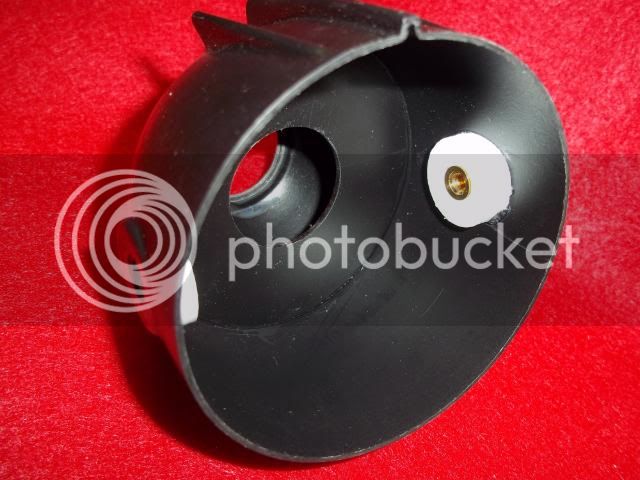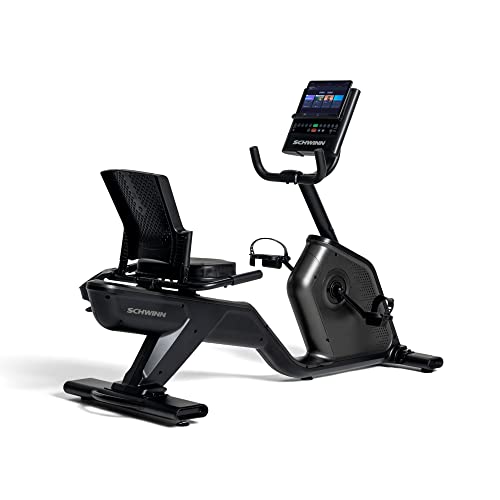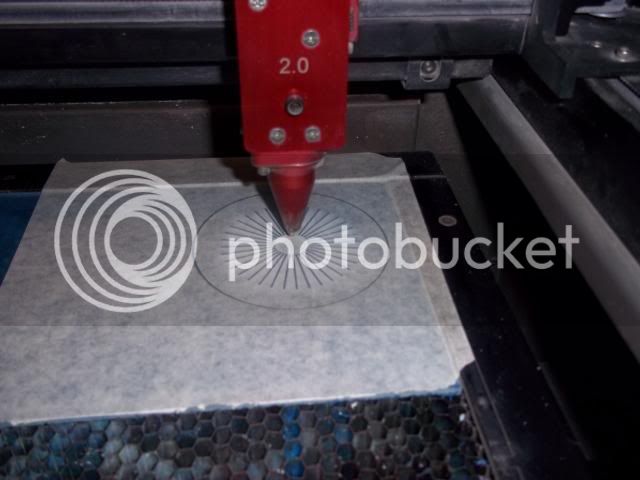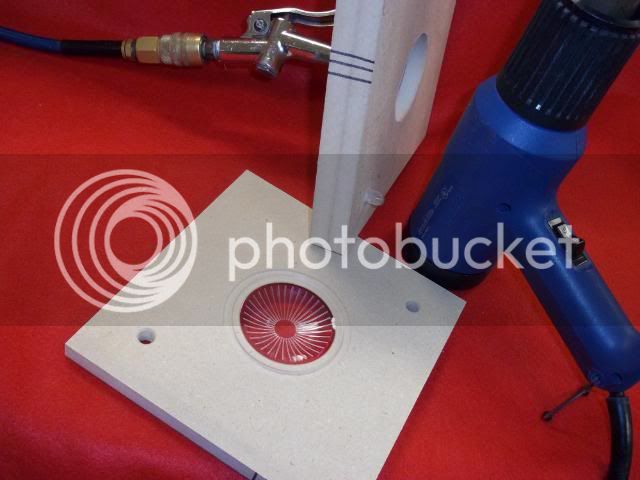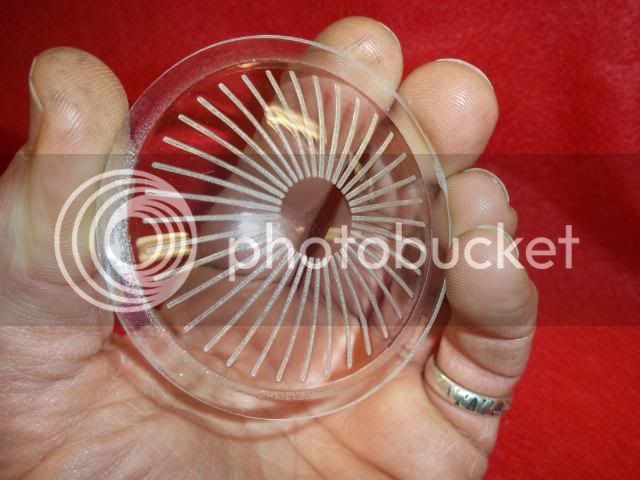- Joined
- May 12, 2009
- Messages
- 1,547
- Reaction score
- 118
Hi! I've been following your build with great interest, usually with my mouth hanging open in awe. With your combined skills, proper equipment and very innovative ideas you bring customizing to another level.
I'm an electrician by trade and have spent many years doing residential service work. The biggest enemy of mechanical electrical connections is corrosion. Even if the materials are identical the connections are a resting place for condensation from humidity. I adapted this little trick from copper/aluminum connections in which you use an anti-oxidant to prevent the natural oxidation of the two different materials. It usually comes in small tubes or squeeze bottles and can be purchased anywhere a full range of electrical supplies are sold - i.e. Lowes.
Back in the old days it was a lot more common for vehicle owners to remove and replace their own batteries. Inevitably the battery clamps would have corrosion on them and would need to be cleaned. Many a car owner lost power to their starter because of the corrosion that could form on the interior of the clamp and exterior of the battery pole. I found if after cleaning all electrical contacts you coat the cleaned surfaces as well as the outside of the clamp with the anti-oxidant no corrosion will ever form. It does not dry up even after years of exposure to the elements and it conducts electricity so as to aid contact when using jumper cables.
My only recommendation is when you install the light unit with set screws that you coat all the surfaces where contact is needed such as where the set screws tighten against the mounting material as well as the actual threads of the set screws themselves. This simple step will maintain your electrical connections for years to come. A small tube costs practically nothing and you two don't seem the type to skip over something lightly. You won't regret it and keep up the fantastic work. Thanks. Robert
I'm an electrician by trade and have spent many years doing residential service work. The biggest enemy of mechanical electrical connections is corrosion. Even if the materials are identical the connections are a resting place for condensation from humidity. I adapted this little trick from copper/aluminum connections in which you use an anti-oxidant to prevent the natural oxidation of the two different materials. It usually comes in small tubes or squeeze bottles and can be purchased anywhere a full range of electrical supplies are sold - i.e. Lowes.
Back in the old days it was a lot more common for vehicle owners to remove and replace their own batteries. Inevitably the battery clamps would have corrosion on them and would need to be cleaned. Many a car owner lost power to their starter because of the corrosion that could form on the interior of the clamp and exterior of the battery pole. I found if after cleaning all electrical contacts you coat the cleaned surfaces as well as the outside of the clamp with the anti-oxidant no corrosion will ever form. It does not dry up even after years of exposure to the elements and it conducts electricity so as to aid contact when using jumper cables.
My only recommendation is when you install the light unit with set screws that you coat all the surfaces where contact is needed such as where the set screws tighten against the mounting material as well as the actual threads of the set screws themselves. This simple step will maintain your electrical connections for years to come. A small tube costs practically nothing and you two don't seem the type to skip over something lightly. You won't regret it and keep up the fantastic work. Thanks. Robert





